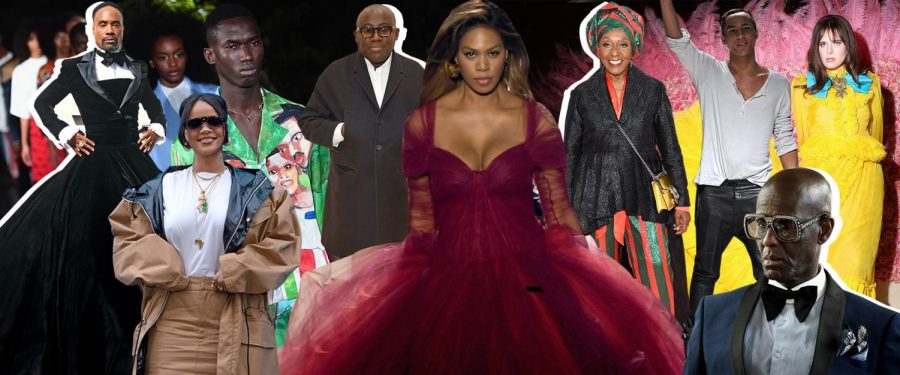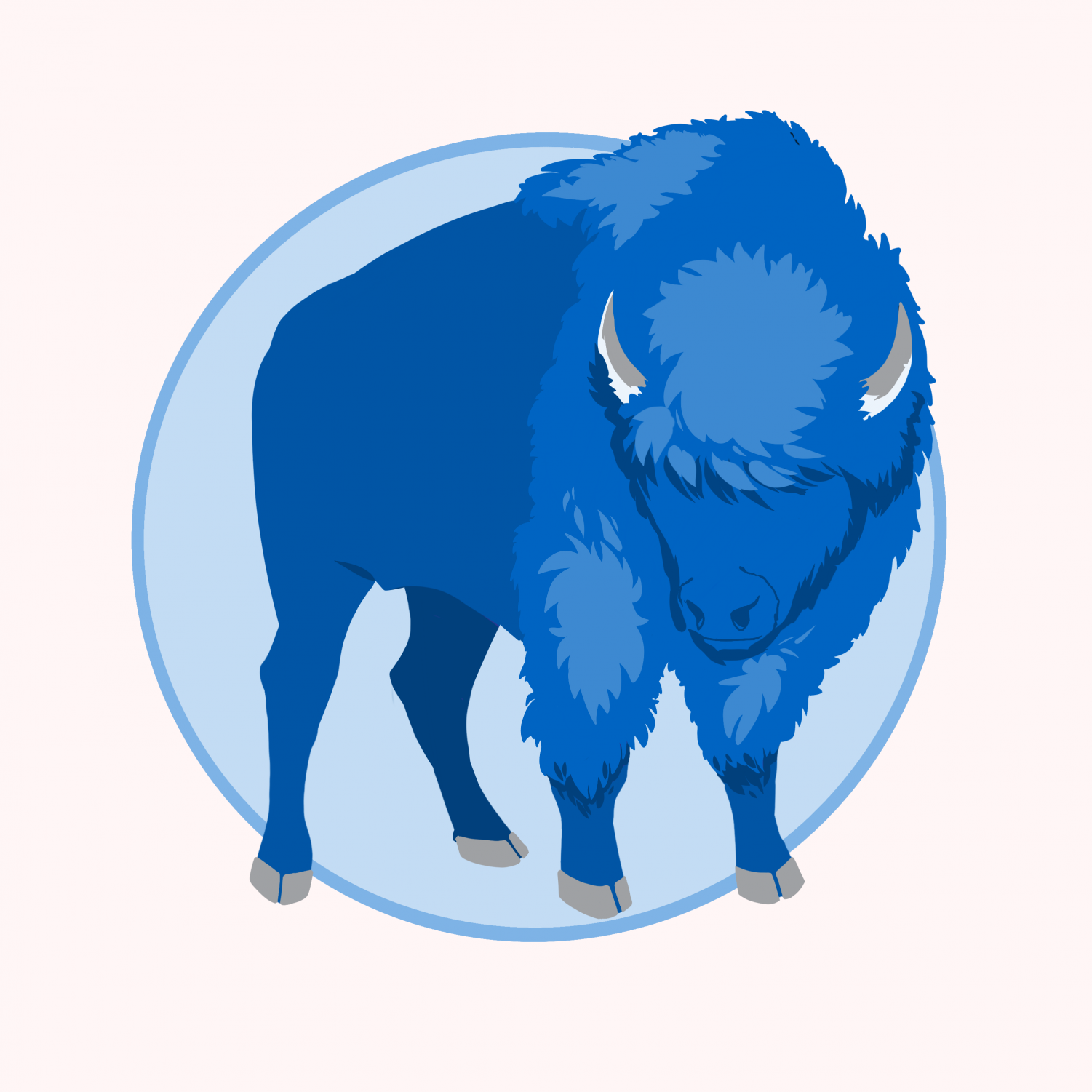The Fashion Industry on a Long Road to Inclusivity
Gigi Hadid. Cara Delevingne. Kendall Jenner. What do they all have in common? They are models in the fast-paced, ever-changing fashion industry. From streetwear to haute-couture, fashion is evolving rapidly. And that’s not the only thing that’s evolving. We are noticing a difference in who we see strutting the runway.
In the twenty-first century, the fashion industry is looking more diverse than ever before. Models of all different shapes, sizes, and races are participating in designer shows. But it hasn’t always been like that. Not too long ago, the fashion industry was notorious for its lack of diverse models.
When fashion modeling first became popularized in the 1920s, there was only one type of look that was socially acceptable: tall, skinny, and white. It wasn’t until the mid-1970s when Beverly Johnson became the first black woman to appear on the cover of Vogue. And even more recently, Ashley Graham appeared on the cover as the first-ever plus-size model back in 2017.
“Many designers’ casting directors — the people who choose models for shows — would specify they wanted a ‘certain look.’ And for a long time that look was very, very pale,” comments NPR senior correspondent Karen Grisby Bates.
But that started to change.
Fashion events are beginning to look more diverse than usual. According to the University of California, Berkeley, 2019 New York Fashion Week was one of the most diverse runway events of its time, with an estimated 48 percent of models being from minority groups. “As more calls for racial diversity started, there were calls also for different sizes. Age and transgender identity haven’t gotten as much visibility, but we thought it was important to highlight those in order to make sure the runways become more representative of the population buying the clothes” says editor in chief of the Fashion Spot, Jennifer Davis. It appears to be that modeling agencies, designers, and runway shows are aiming to be more inclusive. Yet still, there is a long way to go.
Tokenism continues to be a major issue in the industry. Some designers have a tendency to hire only a certain number of individuals in a minority in order to fit their “diversity quota”. Tokenism can give the illusion that the fashion industry is heading in the direction of inclusivity when in reality, it is just masking its deep-rooted problems. Sara Ziff, founder of Model Alliance, an advocacy organization for models adds, “It’s the designer or casting director trying to check the inclusivity box, and that is problematic for the models. They go to a casting, and they’re told, ‘We’ve already cast a black model.”
There is no clear answer to solving the industry’s issues with tokenism. All we know is that it requires a lot of patience, understanding, and deliberate action. Unrealistic standards of beauty have kept so many aspiring models out of the conversation for years and now things are finally beginning to change. Beauty and lifestyle writer Jessica Frost remarks, “For now, it’s important we celebrate any little win and continue to promote actual diversity, not just the tokenism we’re currently seeing.”


